This Catapult Exposes a Hole in the President's Proposed Border Wall

By:
President Donald Trump's proposed border wall is ostensibly aimed at keeping people and drugs out, but a catapult recently discovered by U.S. Border Patrol agents — attached to the Mexican side of a wall on the border that already exists — suggests that where there's a will (and money to be made), people will find a way.
In fact, as one drug policy expert told ATTN:, the Trump administration's increased border control efforts could backfire in terms of the fight against drug trafficking.
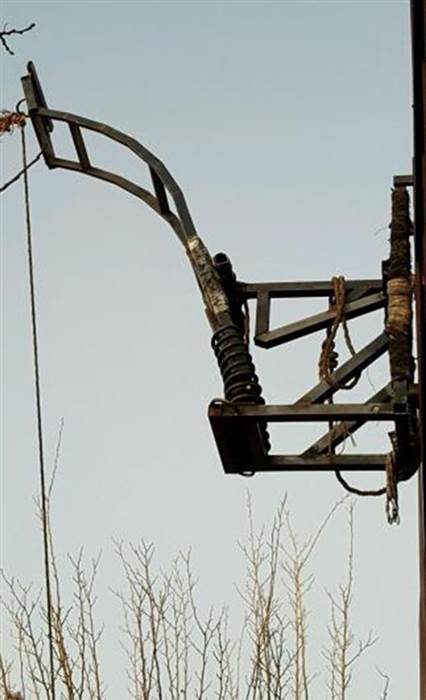 U.S. Customs and Border Protection - cbp.gov
U.S. Customs and Border Protection - cbp.gov
Drug smuggling has become an increasingly sophisticated business. Cartels have honed new technologies and forged innovative techniques to traffic heroin, cocaine, methamphetamine, and other drugs across the U.S.-Mexico border — and they've become less reliant on illegal border crossings to do it.
Border Patrol agents have found that drug cartels are adapting to enhanced enforcement efforts, using catapults, for example, to launch fentanyl — an opioid more potent than heroin. One such catapult was discovered on the Mexico side of a border wall adjacent to Douglas, Arizona, last month. This kind of coordinated effort allows cartels to circumvent border control mechanisms designed to prevent individuals from physically entering the country.
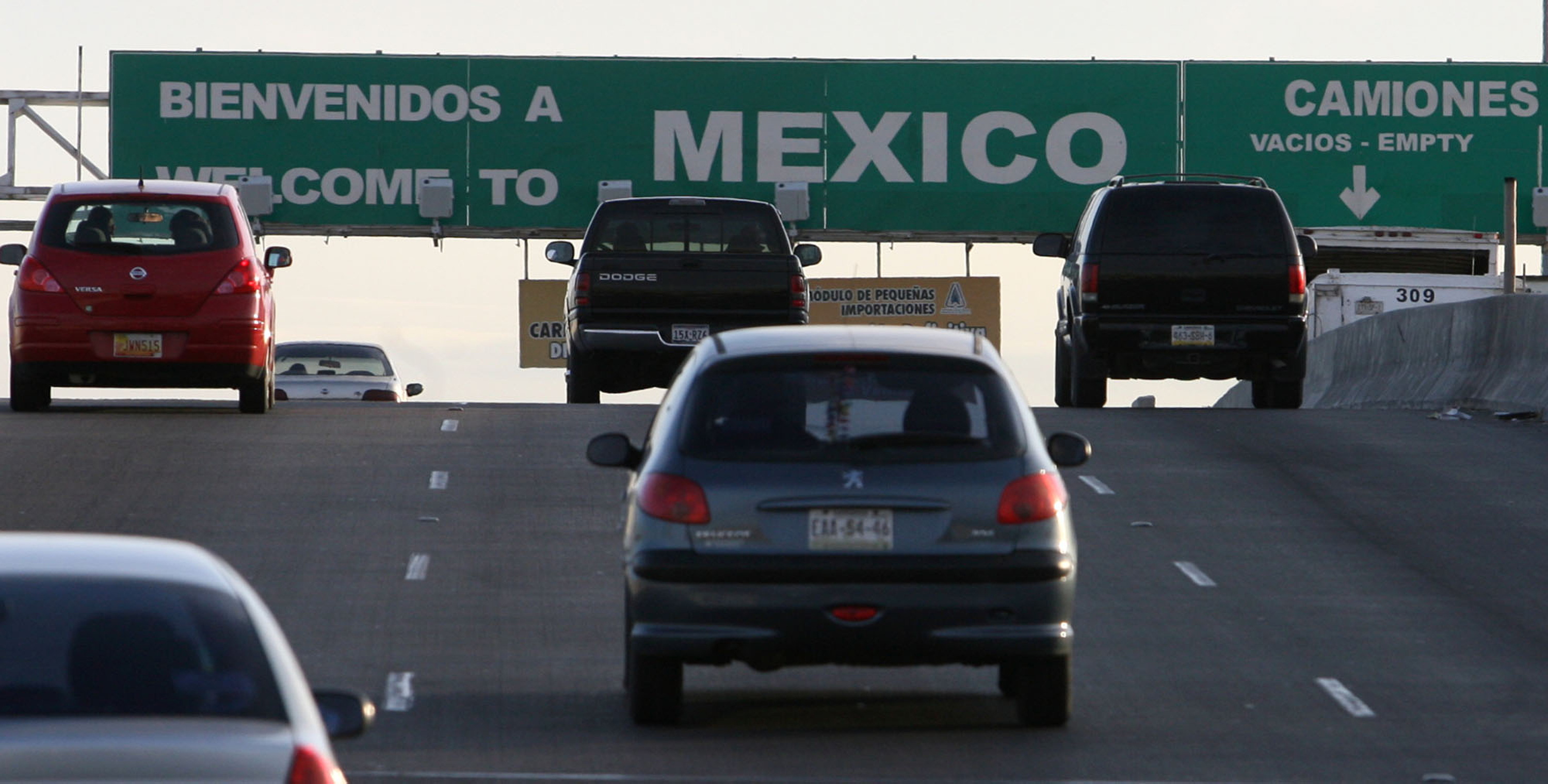 Associated Press - apimages.com
Associated Press - apimages.com
"All of these new counter-narcotic measures basically create an incentive to find news ways — innovative ways — of penetrating our border security," Sanho Tree, director of the Drug Policy Project at the Institute for Policy Studies, told ATTN:. "With drugs, it's cat and mouse."
The medieval instrument is just one example of how drugs could continue to be trafficked even with a physical barrier. Dozens of tunnels, some complete with rail systems, have been uncovered in recent years.
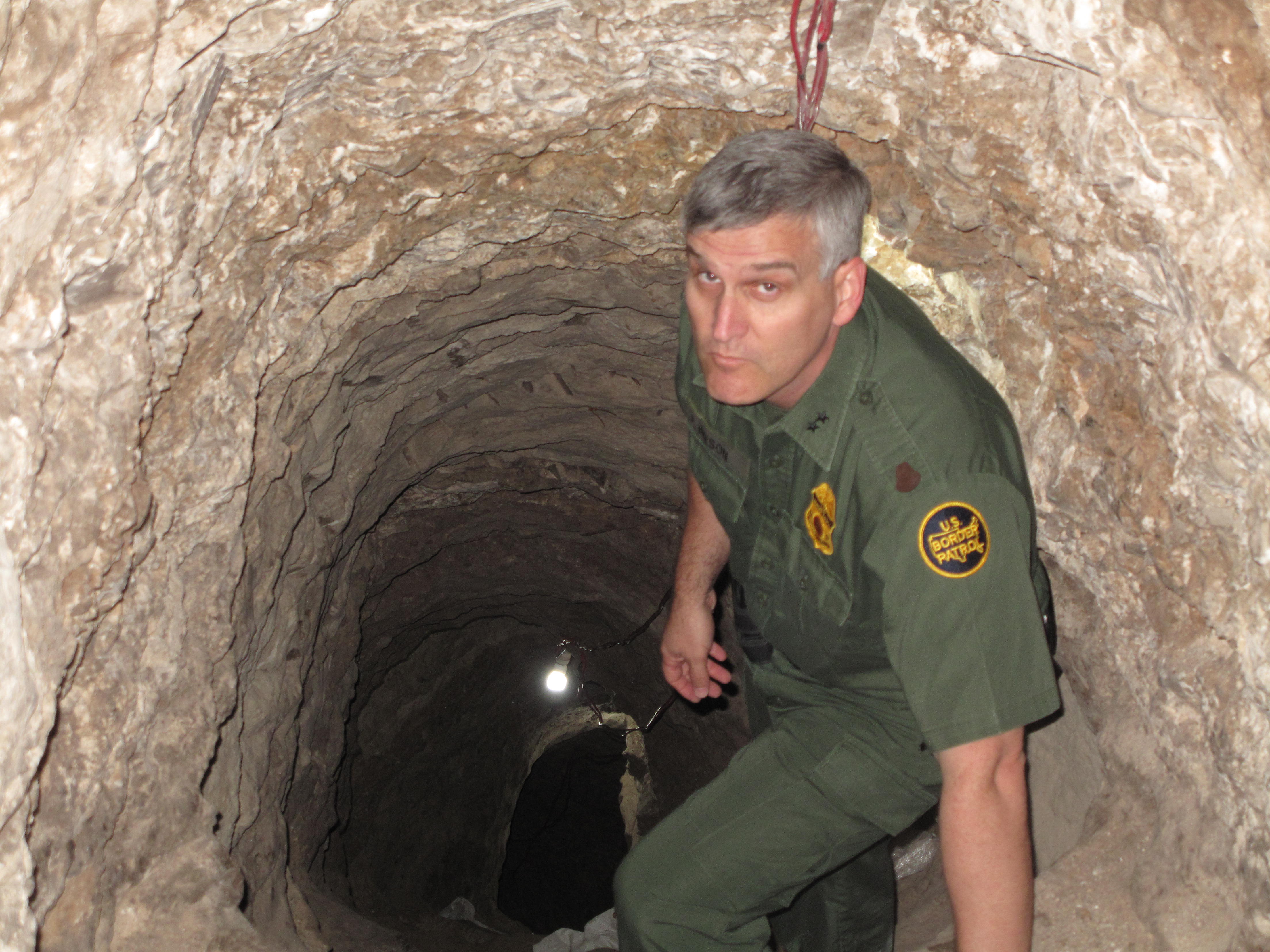 U.S. Customs and Border Protection - cbp.gov
U.S. Customs and Border Protection - cbp.gov
Drugs also continue to be loaded onto "narco submarines," small boats, and jet skis, transported to a network of hidden ports under the cover of night.
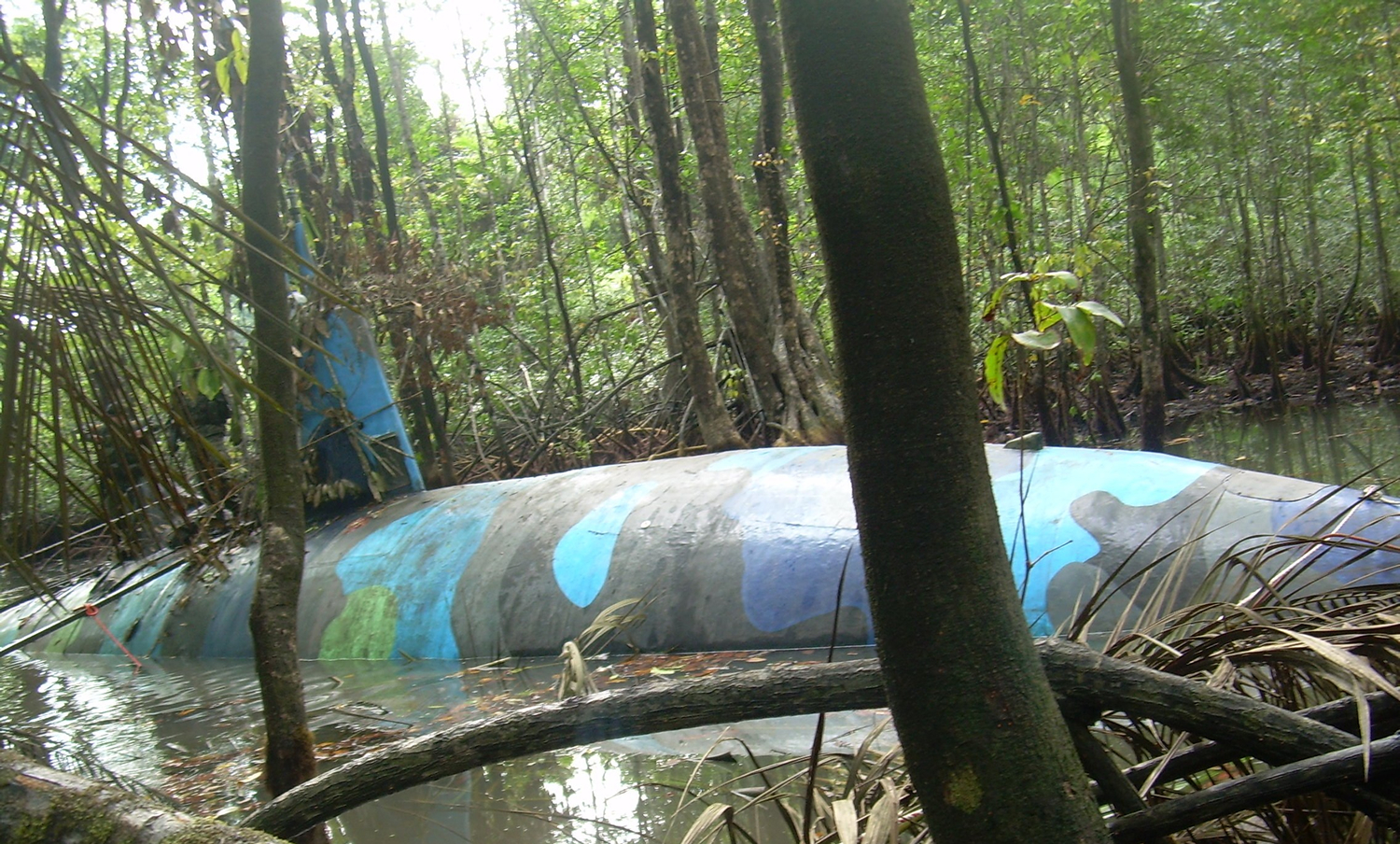 Wikimedia - wikimedia.org
Wikimedia - wikimedia.org
Then, of course, there are the drones.
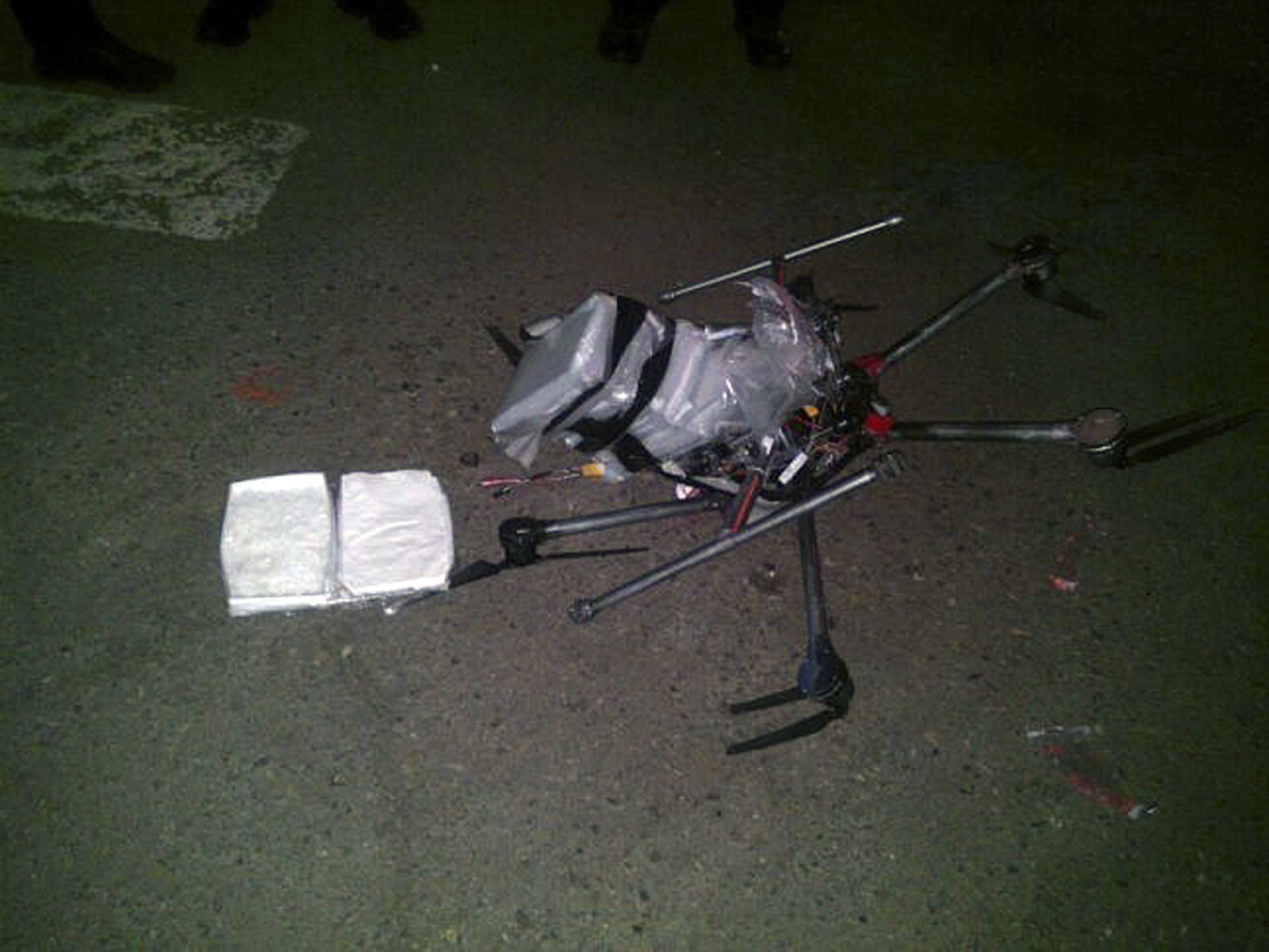 AP/Secretaria de Seguridad Pública Municipal de Tijuana - apimages.com
AP/Secretaria de Seguridad Pública Municipal de Tijuana - apimages.com
Since at least 2010, drug traffickers have deployed small, inexpensive drones carrying pounds of heroin and methamphetamines into states bordering Mexico. The Drug Enforcement Administration (DEA) has dismissed claims that drone technology will herald in a new era of drug trafficking, but as these unmanned devices evolve and improve, it's clear they will play a bigger role.
Right now, drones can only carry small payloads, Tree said. But it's "just a matter of time before they can have larger payloads," he added. "Plus if you're dealing with high-value products like heroin or methamphetamine, you don't need to carry a lot to make a lot of money."
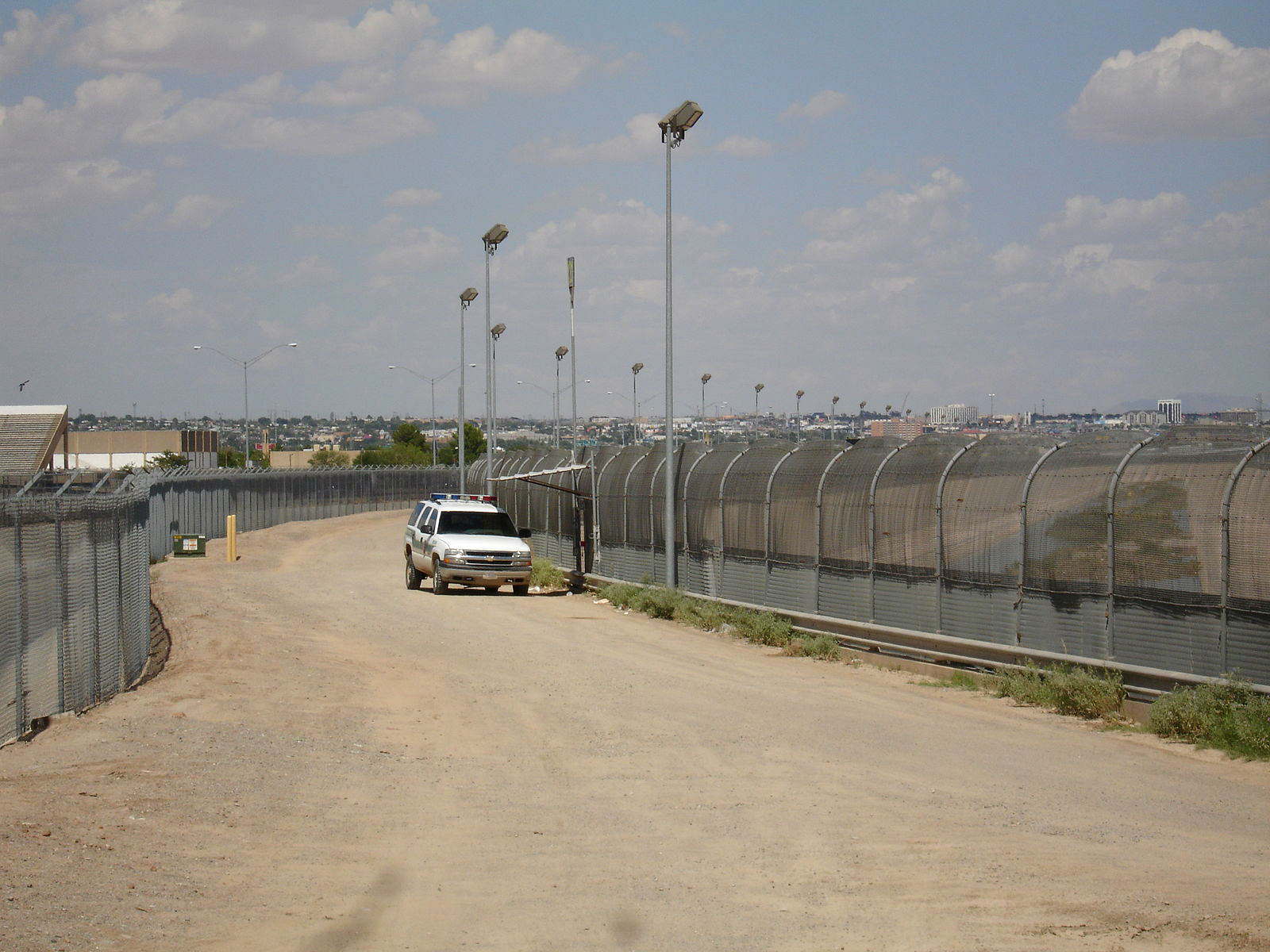 Office of Representative Phil Gingrey/Wikimedia - wikimedia.org
Office of Representative Phil Gingrey/Wikimedia - wikimedia.org
Border security is expected to tighten even further as Trump's administration introduces revamped border patrol policies, increasing the number of law enforcement officials along the border and constructing a massive wall along the border. That tightening will likely spur more innovations on the part of drug cartels.
"You're creating a filtering effect," Tree said. "You're rooting out the inefficient traffickers and, conversely, the ones we're missing are the most evolved, the most efficient, the most innovative. We're selectively breeding super-traffickers."
